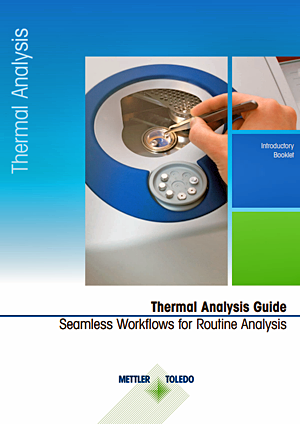Webinar – Validation in Thermal Analysis
Validation of Thermal Analysis Equipment and Computerized Systems Demonstrates Fitness for Purpose of a Proposed Analytical Method
In analytical laboratories, most analyses are nowadays performed using computerized measurement systems. A validation process can be used to demonstrate the fitness for purpose of the system before starting the experiments.
This seminar presents the basic concepts step by step. The focus is on in-house method validation. The nine validation steps are described in detail using suitable examples.
In this webinar, we will discuss the basic principles of validation, from equipment qualification and computerized system validation through analytical method validation.
Validation in thermal analysis deals with the following types of questions:
- “How can the user be sure that the result is correct?”
- “Is the temperature exact?”
- “What is the precision?”
- “Does the method used produce accurate results?”
- “What happens if the sample mass differs from analysis to analysis?”
What Is Meant by Validation of a Laboratory Analysis?
According to ISO 17025, validation is the confirmation by objective evidence that the requirements for a specific intended use are fulfilled. In other words, validation demonstrates fitness for purpose.
Generally, in laboratory analysis, the analyst follows a well-defined method, a Standard Operating Procedure (SOP). The SOP describes in detail how to measure a particular sample using a computerized system.
A computerized system is not only the equipment and its related software; it also includes network components such as hubs, routers, cables, switches, and bridges. It may include peripheral devices such as printers or plotters.
Trained staff who follow written SOPs as well as the instrument operating manual are also considered part of the computerized system.
From a validation point of view, one distinguishes between method validation and computerized system validation.
Different Approaches to Validation
Validation in thermal analysis deals with two types of analytical method validation:
- In-house methods validation
- Standard methods via interlaboratory studies
Interlaboratory studies provide data on the repeatability and comparability of results and thereby allow you to determine the uncertainty of measurement of a method. In-house methods aim to quantify the parameters that are relevant to and characterize the performance of a method.






